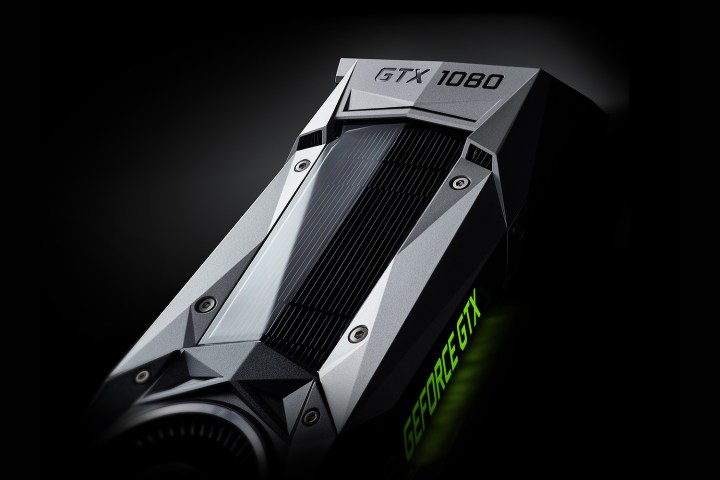
Although technically aimed more at workstation users more than gamers, Titan cards have been a drool inducer for many hardware enthusiasts over the past few years. If there is a Titan card for the Pascal generation, it could well be the most powerful yet by quite a margin.
Current rumors suggest it could be based on the Tesla P100, an industry focused graphics card that features up to 3,840 CUDA cores, more than a thousand more than the GTX 1080. It also features up to 16GB of HBM2 memory. If so, that’s a notable departure from the GTX line, which still uses tried-and-true GDDR5 memory.
VRWorld is reporting that the GTX 1080 Titan based on a P100 core will turn out to be more than 50 percent faster than a GTX 1080. In fact, the card could be even quicker — but in most cases the CPU it’s paired with will become a bottleneck.
Whatever the details, a new Titan card will be exciting. So when will it arrive? The big reveal for the Pascal Titan card is expected at some point in late August, most likely at Gamescom, but its availability is harder to guess at. TechSpot seems quite confident we’ll see it before the end of that month, so perhaps the first ever Titan buyers will walk out of Gamescom with new monster GPUs tucked under their arms.
If this card does materialize next month, expect a monstrous price tag to go along with its impressive performance claims.





